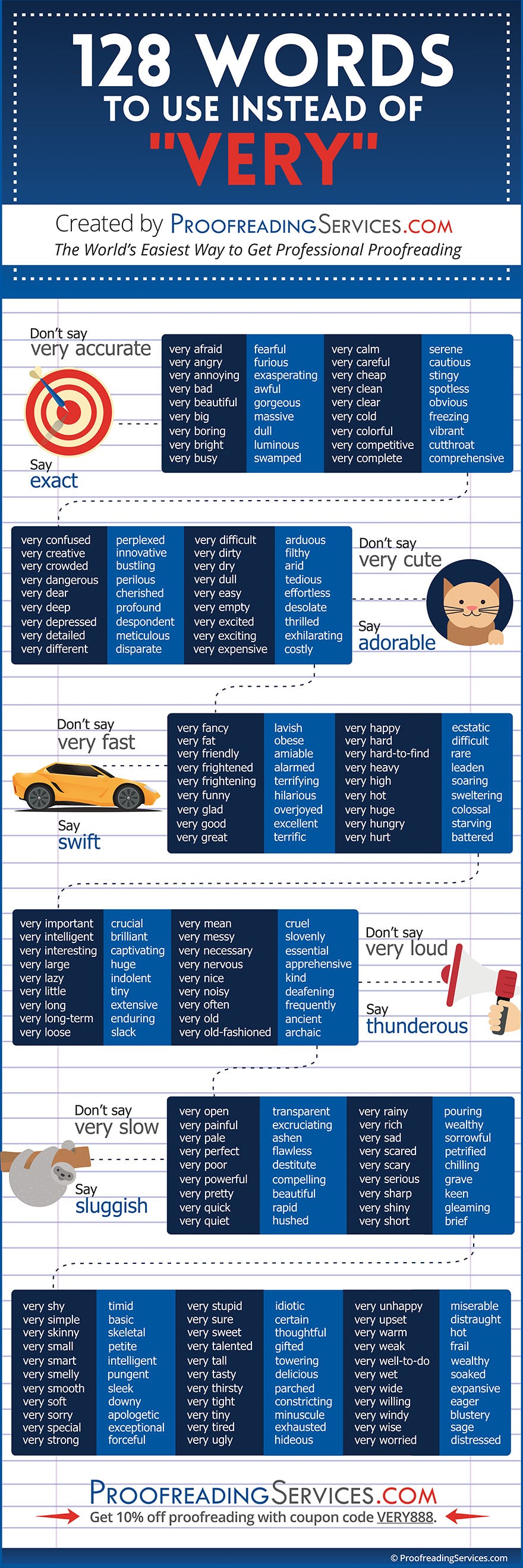reading online bibliography
Request from Plovdiv University faculty and teachers from the Plovdiv school district for literature on the issue of online reading for K4 students
- Putman, S. M. (2014). Exploring Dispositions Toward Online Reading: Analyzing the Survey of Online Reading Attitudes and Behaviors. Reading Psychology, 35(1), 1-31. doi:10.1080/02702711.2012.664250
p. 25
- Coiro, J. (2011). Talking About Reading as Thinking: Modeling the Hidden Complexities of Online Reading Comprehension. Theory Into Practice, 50(2), 107-115. doi:10.1080/00405841.2011.558435
- Hutchison, A. C., Woodward, L., & Colwell, J. (2016). What Are Preadolescent Readers Doing Online? An Examination of Upper Elementary Students’ Reading, Writing, and Communication in Digital Spaces. Reading Research Quarterly, 51(4), 435-454. doi:10.1002/rrq.146
- Huang, S., Orellana, P., & Capps, M. (2016). U.S. and Chilean College Students’ Reading Practices: A Cross-Cultural Perspective. Reading Research Quarterly, 51(4), 455-471. doi:10.1002/rrq.144
Due to the impact of the Internet on reading resources, students’ reading patterns today are different from how they were in the past. College students’ reading practices have moved to different venues with the advent of Internet technology, and the modality has migrated to online reading.
- Naumann, J. (2015). A model of online reading engagement: Linking engagement, navigation, and performance in digital reading. Computers In Human Behavior, 53263-277. doi:10.1016/j.chb.2015.06.051
model of online reading engagement is outlined. This model proposes that online reading engagement predicts dedication in digital reading. Dedication in digital reading according to the model is reflected in task-adaptive navigation, and task-adaptive navigation predicts digital reading performance over and above print reading skill. Information engagement is assumed to positively predict task-adaptive navigation, while social engagement is assumed to negatively predict task-adaptive navigation. These hypotheses were tested using OECD PISA 2009 Digital Reading Assessment data from 17 countries and economies ( N = 29,395).
- Alvermann, D. E., & Harrison, C. (2016). Are Computers, Smartphones, and the Internet a Boon or a Barrier for the Weaker Reader?. Journal Of Adolescent & Adult Literacy, 60(2), 221-225. doi:10.1002/jaal.569
If boys are spending nine hours a day media multitasking and prefer computers to books, shouldn’t they be successful at online learning? Online learning requires online reading, which means that boys, who are significantly poorer readers than girls in every nation in the world, may well be struggling to keep up. an online student may not have access to the learning that can come from group interaction, nor to the social and emotional support that can come from peers or a teacher, and the online reader could be heading for a learning apocalypse
- Park, H., & Kim, D. (2017). English language learners’ strategies for reading online texts: Influential factors and patterns of use at home and in school. International Journal Of Educational Research, 8263-74. doi:10.1016/j.ijer.2017.01.002
five fourth and fifth-grade English language learners’ (ELLs) strategy use when they read online texts at home and in school. We also identify factors that play a role when these learners read online texts, as well as similar and different patterns in reading strategies at home and in school. The findings show that three factors influence the ELLs’ selection of online texts and use of reading strategies. In addition, the ELLs used nine reading strategies to enhance their reading online texts. Based on these findings, we discuss (a) the ELLs’ online reading strategies in different contexts, (b) the multidimensional zone of proximal development, and (c) collaboration between parents and teachers.
- Leu, D. J., Forzani, E., Timbrell, N., & Maykel, C. (2015). Seeing the Forest, Not the Trees. Reading Teacher, 69(2), 139-145. doi:10.1002/trtr.1406
a primary goal is to develop the ability to read in order to learn with online information. Technologies that support this goal, especially the Internet, and instructional practices that support the development of online reading should be our primary consideration for reading and literacy education, beginning in the primary grades.
- Brynge, E., Case, H., Forsyth, E., Green, G., & Hölke, U. (2015). Libraries: Sustaining the Digital Reader Experience. Scholarly & Research Communication, 1-10.
my note: role of the library
- Leu, D. J., Forzani, E., & Kennedy, C. (2015). Income Inequality and the Online Reading Gap. Reading Teacher, 68(6), 422-427. doi:10.1002/trtr.1328
my note: when you make a decision about a textbook, income and social inequality are factors needed to be considered.
+++++++++++++++
http://bibliosphere.eu/?p=238
